Texas Housing Insight – May 2021 Summary
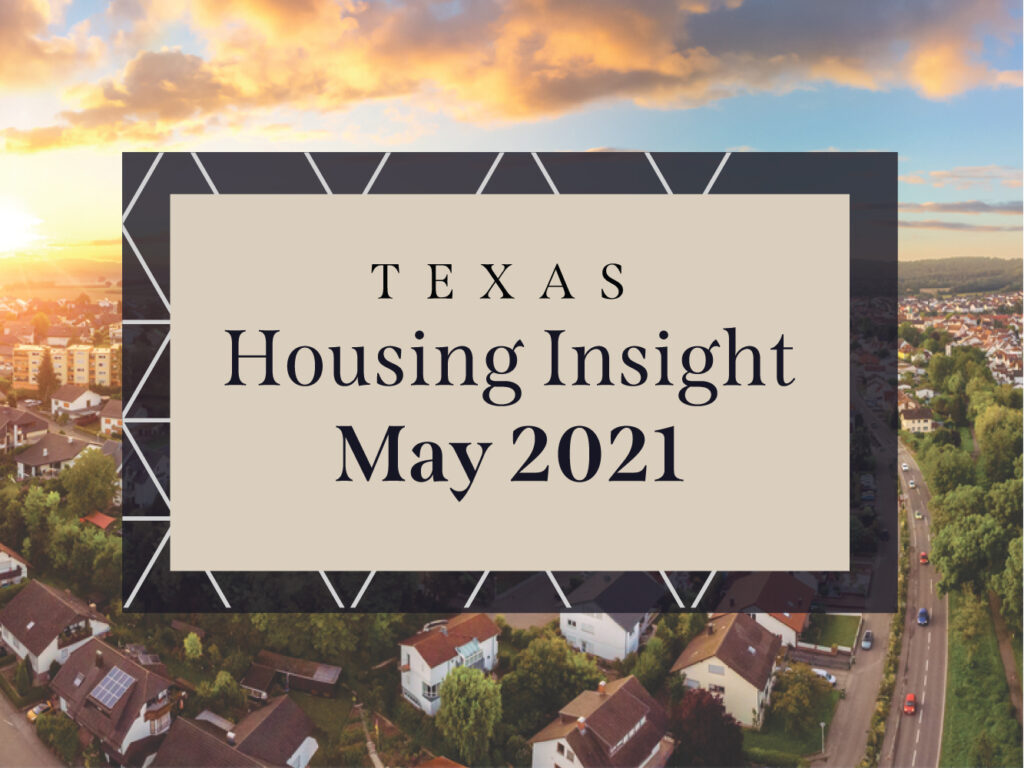
Total Texas housing sales increased 2 percent in May but continued to normalize from elevated levels the last few months of 2020. Single-family housing permits rose for the third consecutive month, although housing starts stumbled as lumber prices skyrocketed. Overall, sales were persistent despite rising costs and limited supply for homes priced less than $300,000, […]
Texas Housing Insight – April 2021 Summary
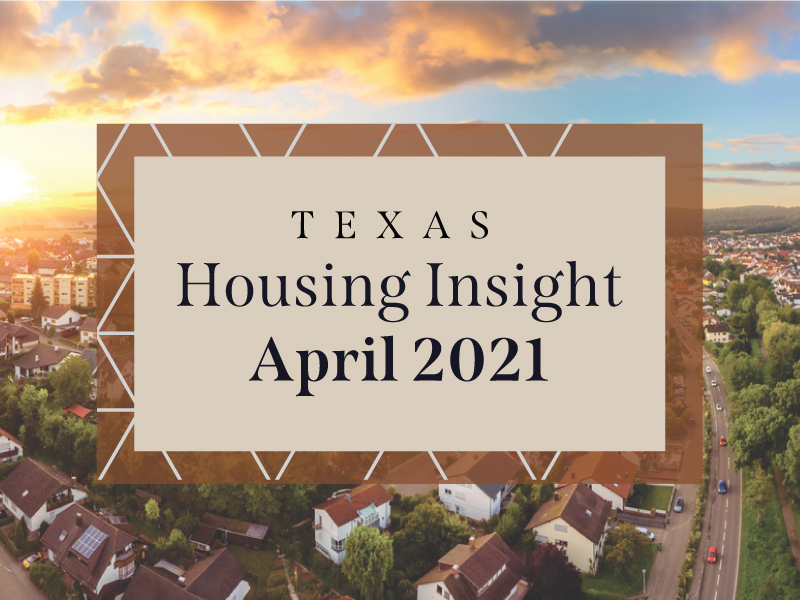
Total Texas housing sales fell 2.5 percent in April on top of a first-quarter decline, confirming that the rapid-fire activity last year has lost momentum. Residential construction loan values decreased during the first three months of the year, but housing starts and building permits picked up in April, pointing to stable construction during the summer. […]
May 2021 DFW Area Real Estate Stats
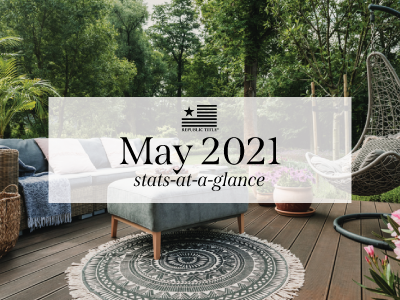
https://youtu.be/E9IQ4XJtv9c May 2021 North Texas real estate stats are out and we’ve got the numbers! Our stats infographics include a year over year comparison and area highlights for single family homes and condos broken down by MLS area. We encourage you to share these infographics and video with your sphere. It’s not only HOT outside, the […]
April 2021 DFW Area Real Estate Stats
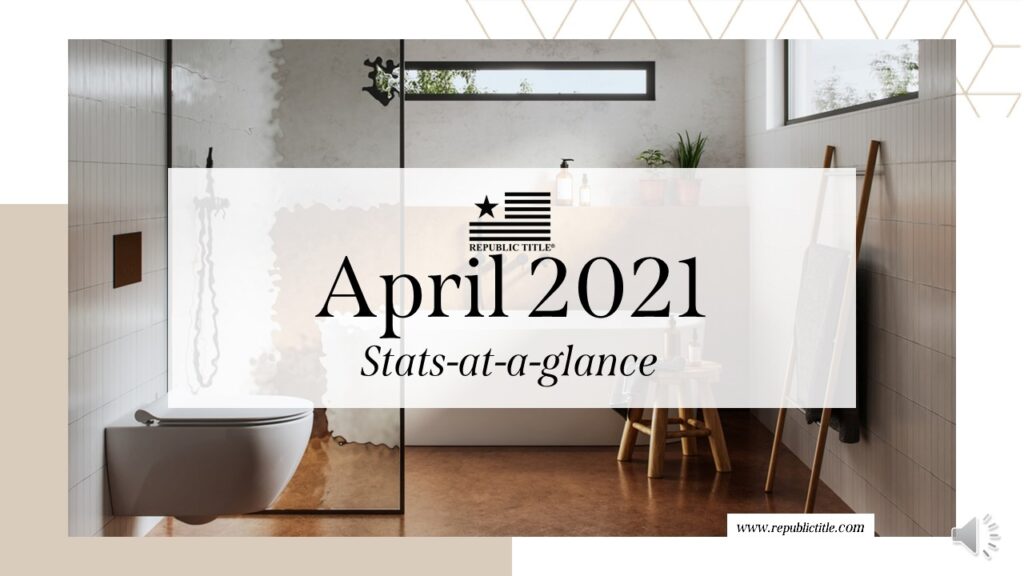
https://youtu.be/lk86LSKCLek April 2021 North Texas real estate stats are out and we’ve got the numbers! Our stats infographics include a year over year comparison and area highlights for single family homes and condos broken down by MLS area. We encourage you to share these infographics and video with your sphere. We can all feel the heat of […]
Texas Housing Insight – March 2021 Summary
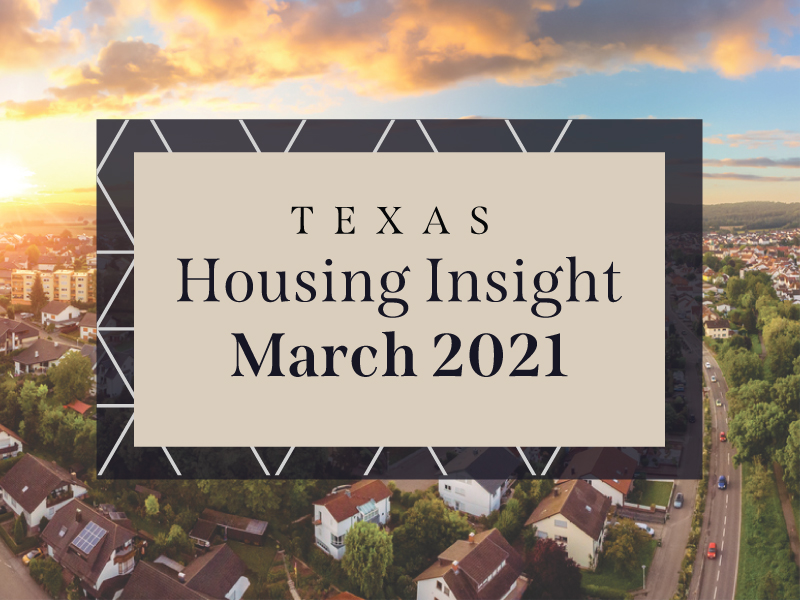
Total Texas housing sales fell 6.4 percent during the first quarter amid rising mortgage rates and weather-related disruptions that dampened business activity in February. Most of the quarterly decline was attributable to decreased resale transactions priced less than $400,000, offsetting elevated luxury home sales in the existing-home market and overall new-home sales. Texas’ homeownership rate […]
March 2021 DFW Area Real Estate Stats
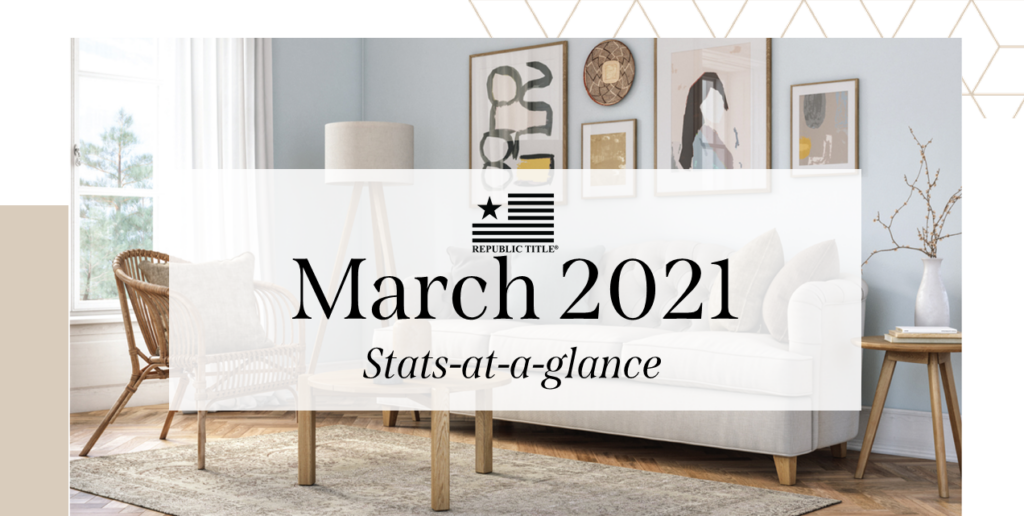
https://youtu.be/2p75rKEChXM The March 2021 DFW area real estate statistics are in and we’ve got the numbers! Our stats infographics include a year over year comparison and area highlights for single family homes and condos broken down by MLS area. We encourage you to share these infographics and video with your sphere. To see past month’s reports, […]
Texas Housing Insight – February 2021 Summary
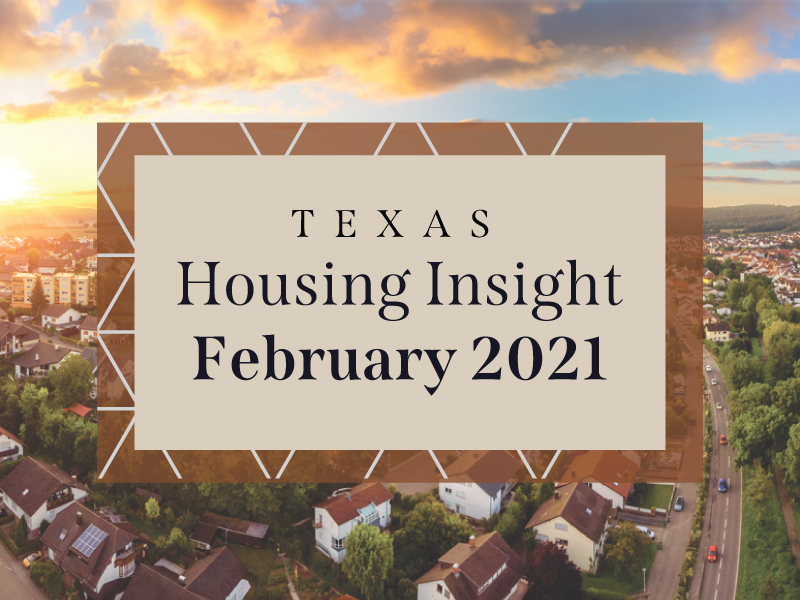
Total Texas housing sales plummeted 16.1 percent in February as Winter Storm Uri swept across the state, causing widespread power and water outages. Before the freeze, however, sales were at record levels and should rebound in March as indicated by the Texas Real Estate Research Center’s single-family sales forecast. The number of new homes added […]
Texas Housing Insight – January 2021 Summary
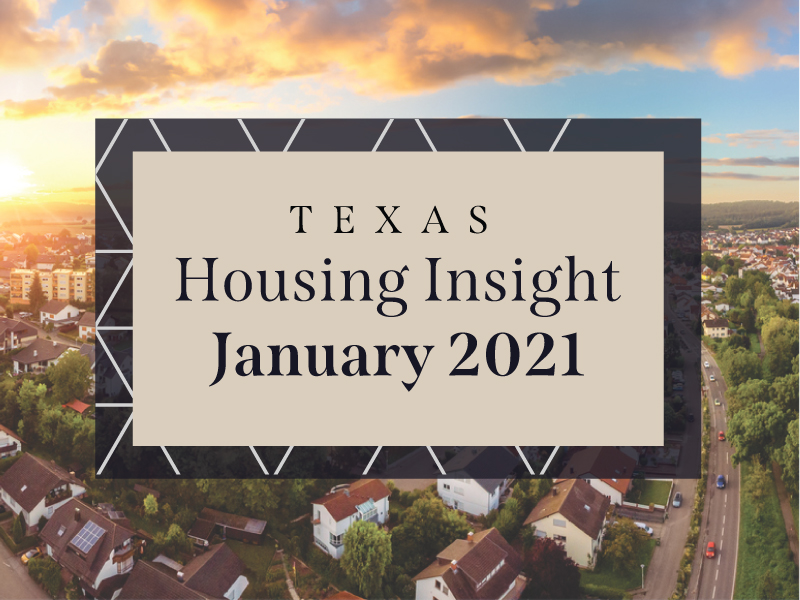
Total Texas housing sales kicked off the year with a 3 percent improvement, surpassing 38,500 sales to an all-time high. Fort Worth was the only major region within the state where the metric decreased relative to December 2020, although the trend in activity across both sections of the North Texas Metroplex flattened. On the supply […]
February 2021 DFW Area Real Estate Stats
The February 2021 DFW area real estate statistics are in and we’ve got the numbers! Our stats infographics include a year over year comparison and area highlights for single family homes and condos broken down by MLS area. We encourage you to share these infographics and video with your sphere. To see past month’s reports, please […]
Texas Housing Insight – 2020 Annual Summary
The Texas housing market was off to a solid start at the beginning of 2020 as mortgage interest rates declined. Sales activity plummeted in March and April, however, due to the emergence of COVID-19 and a mandated economic shutdown across the state. Nevertheless, homebuying demand accelerated during the summer for those less affected by the […]
